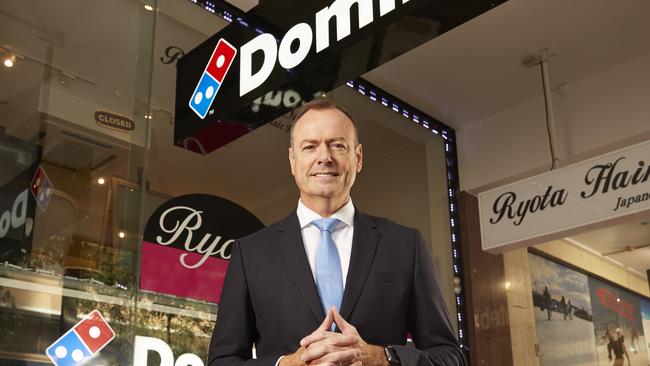ACSI says CEOs get bonuses for doing their day job
Management bonuses are under scrutiny after a report cast doubt over their link to performance.

Institutional investors will step up their scrutiny of management bonuses after a report found the vast majority of top 100 company chief executives received the bulk of their short-term bonuses, raising questions about whether the payments were genuinely at risk.
Australian Council of Superannuation Investors chief executive Louise Davidson said bonus payments were strikingly persistent at a time when average CEO pay was falling.
“They (bonuses) should be there to reward exceptional performance, not just for doing your day job,’’ Ms Davidson said.
“Such a high proportion of CEOs receiving 76 per cent of their bonuses really raises questions about the appropriateness of bonus hurdles.
“This begs the question — are bonuses really just fixed pay dressed up as at-risk pay?”
A report for ACSI found that 93 per cent of the top 100 listed companies paid bonuses to the CEO in 2015, with the median bonus at 76 per cent of the target amount. “This will give us some data to discuss how companies structure their incentives,” Ms Davidson said.
The report, by research firm Ownership Matters, also found CEO pay was at its lowest level in almost a decade, down 3.3 per cent to $1.86 million in 2015 as companies reined in pay increases and cut base pay when they replaced chief executives.
ANZ boss Shayne Elliott was hired on base pay 40 per cent below the $3.84m his predecessor, Mike Smith, received in his last year in charge of Australia’s fourth-biggest bank.
The lower average compares with a peak of $2.02m in 2009 and Ms Davidson said the fall was the result of legislation to give shareholders a binding vote on executive pay. Under the “two-strikes rule’’ introduced in 2011, companies can face a board spill if they record votes of more than 25 per cent against their remuneration report in two successive years.
“The two-strikes rule has led to a much higher degree of engagement by shareholders with companies over issues of pay,’’ Ms Davidson said.
“Independent company directors should be acutely aware that the community believes CEO pay is out of step, representing as it does many multiples of ordinary people’s wages, and that boards risk an investor backlash if they do not keep a tight leash on management rewards,” Ms Davidson added.
Since the global financial crisis the gap between CEO pay and average weekly earnings has narrowed. It peaked at 95 times in 2007 and fell to a 12-year low of 62 times in 2015. Across the S&P/ASX 200, base pay fell 4.6 per cent to $1.52m.
Markets where there are no binding shareholder votes are continuing to see rising CEO pay, such as in Britain, where new PM Theresa May is considering introducing one.
CEOs in Britain and the US earn on average two and more than three times the average top 100 CEO wage in Australia, but Ms Davidson said there was no evidence this was leading to a “brain drain” to those markets.
ACSI, which speaks for 29 local super funds managing $480 billion and six international asset owners, also highlighted the inconsistency of statutory reporting of salaries against what the CEOs actually took home.
Domino’s Pizza reported statutory pay of $3.1m for chief executive Don Meij, but his take-home pay ballooned to $13.7m after including options he received at $5.83 but did not exercise until the share price was well over $30.
At the other end Liquefied Natural Gas chief Maurice Brand was reported to earn $3.4m but took home $974,677, the disparity explained by the expensing of options in 2015 without them vesting.
Macquarie Group chief executive Nicholas Moore’s pay had the narrowest gap between statutoryand realised pay at $16.5m against $16.3m. That was a 60 per cent rise on the previous realised figure because previous deferred equity grants began to vest in large numbers. Mr Moore also booked the highest cash bonus at $4.77m and the highest accrued bonus of $15.9m.
Frank Lowy’s shopping centre empire was the most generous paymaster. Sons and co-chief executives Peter and Steven Lowy split $24.7m in realised pay, while shopping mall spin-off Scentre paid chief executive Peter Allen $17.8m, nearly double the statutory figure of $9.2m.





To join the conversation, please log in. Don't have an account? Register
Join the conversation, you are commenting as Logout